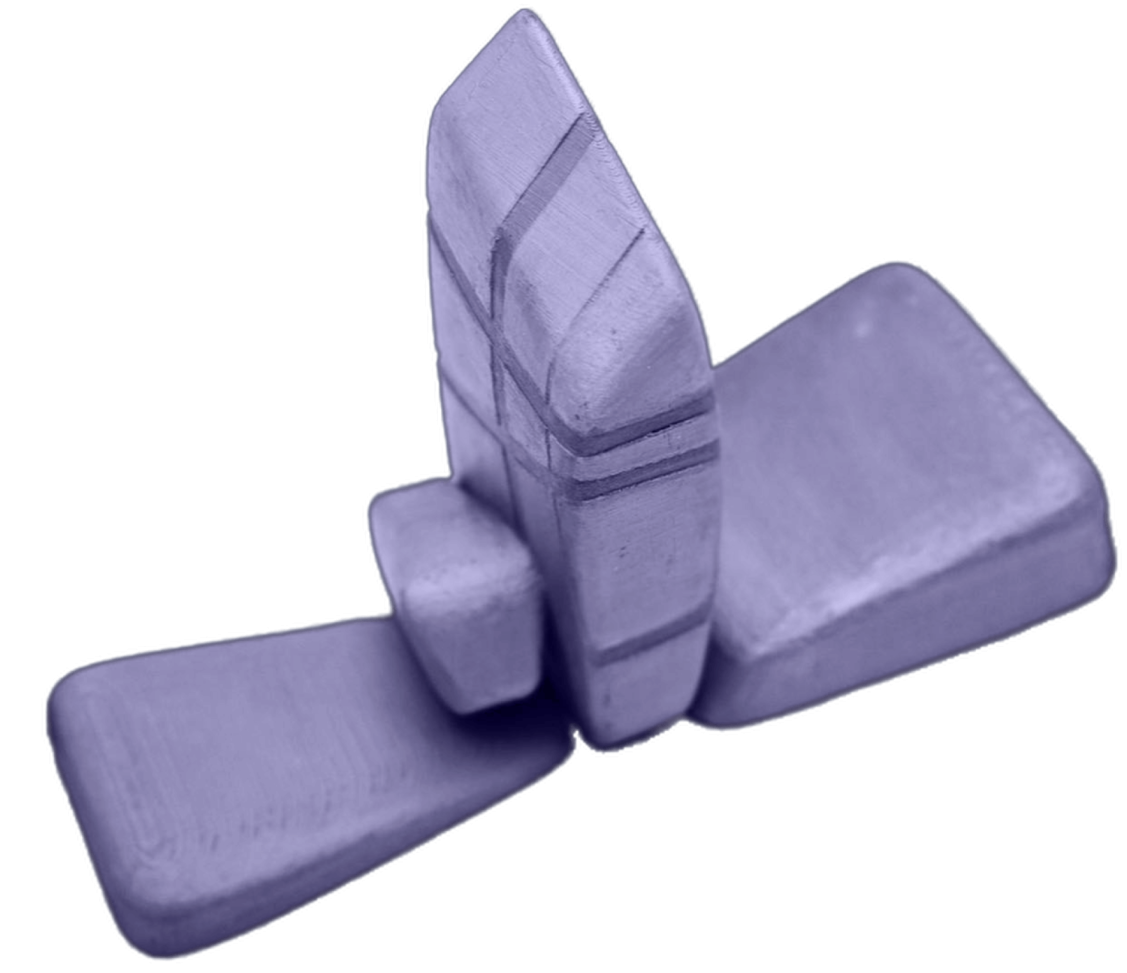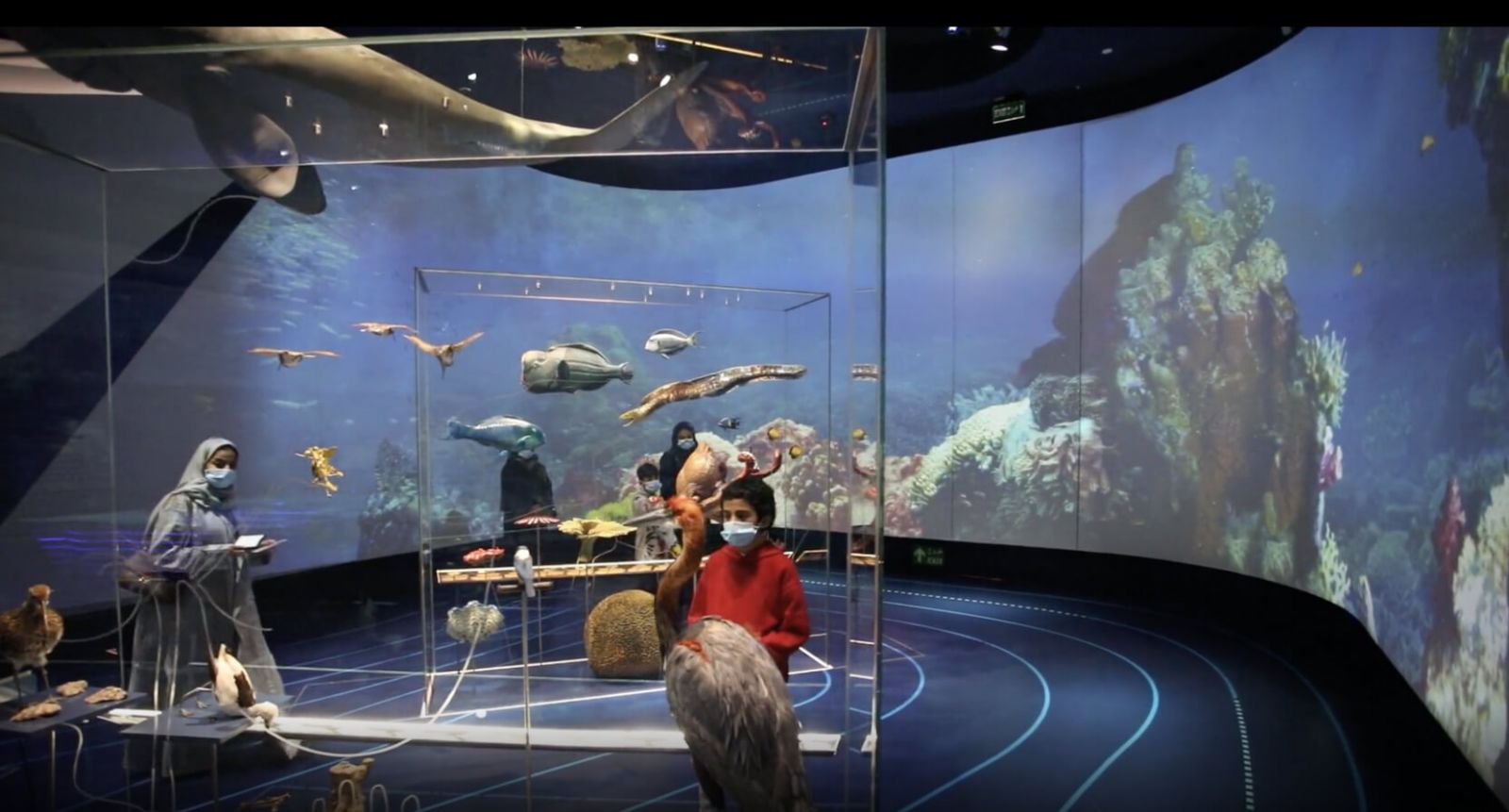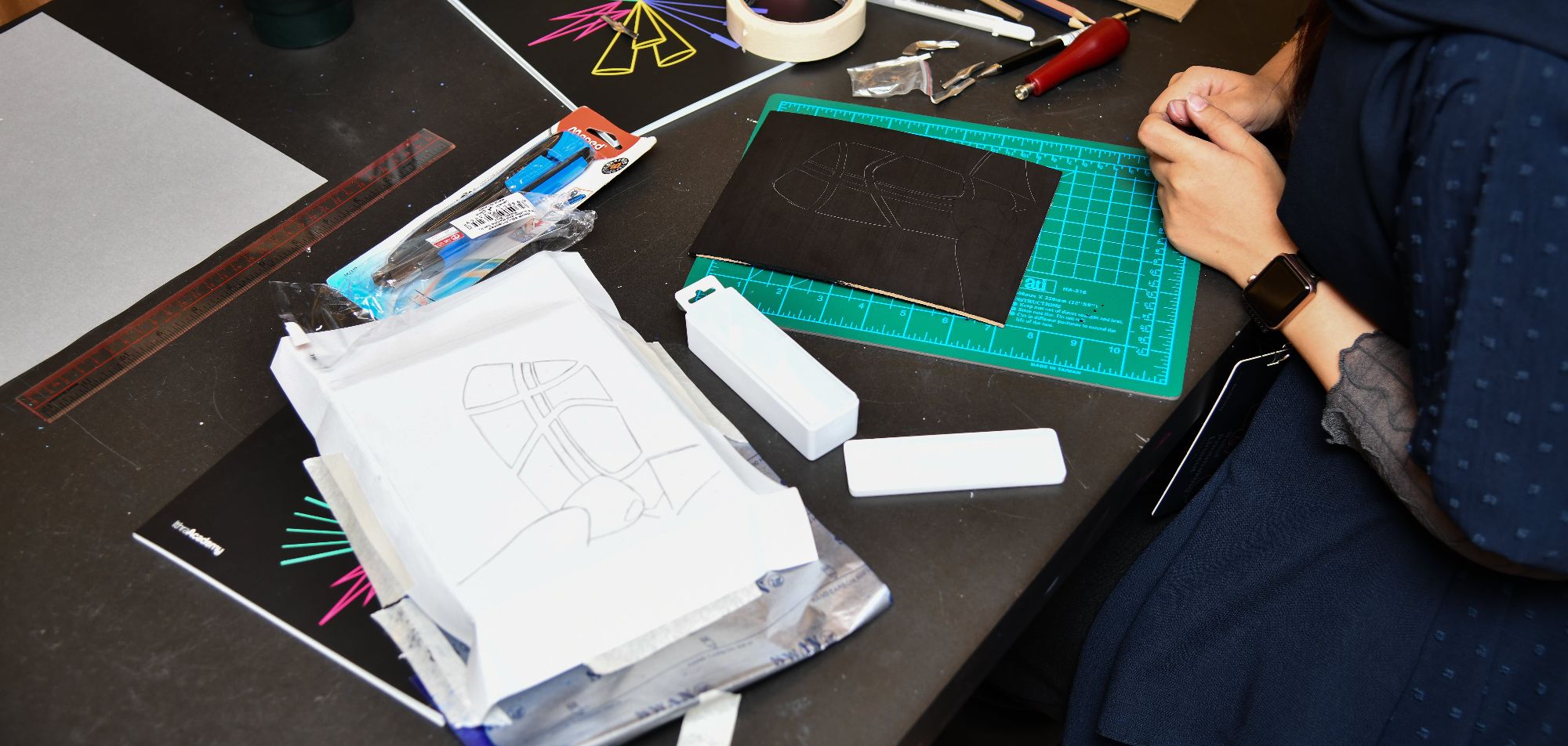Ithra welcomes you to a new adventure and new experiences that fuel your creativity, inspiration and your passion to learn.
4 M+
Visitors
20 +
Exhibitions
Open until 12:30 am
Ithra welcomes you to a new adventure and new experiences that fuel your creativity, inspiration and your passion to learn.
4 M+
Visitors
20 +
Exhibitions
The King Abdulaziz Center for World Culture (Ithra)—meaning "enrichment" in Arabic—was built as part of Saudi Aramco’s vision to be an ambitious initiative for the public. Ithra is the Kingdom’s leading cultural and creative destination for talent development and cross-cultural experiences. Since its opening in 2018, each attraction by Ithra serves as a window to global experiences, celebrating human potential and empowering creativity.
The pillars include culture, creativity, community, art, and knowledge. With the visionary platforms and key pillars, Ithra continuously offers inspiring workshops, performances, and events.

Vision
At Ithra, we envision a future in which Saudi Arabia is a beacon for knowledge and creativity.
Mission
Ithra aims to make a tangible and positive impact on human development by inspiring a passion for knowledge, creativity and cross-cultural engagement for the future of the Kingdom.
As the cultural center holds incredible vision, it is also located in a poetic landmark, at the Kingdom’s first commercial oil well, the Prosperity Well. As the center pays tribute to the wealth brought forth by the discovery of oil, it is now representing a different source of energy: human energy.
Ithra earned the highest American Concrete Institute (ACI) "Excellence" award in Concrete Construction Awards and Gala event on October 2019, highlighting the institute’s impressive structure and world-class development.
The Ithra building was designed as a collection of stones symbolizing unity by the Norwegian architectural firm, Snohetta. Just as the location was symbolic, the building was designed with a purposeful expression of time; with the tower representing the future, the ground floor components represent the present, and the underground components preserve the past.




